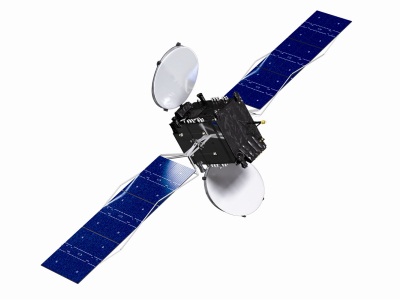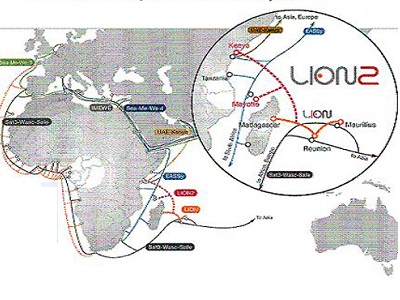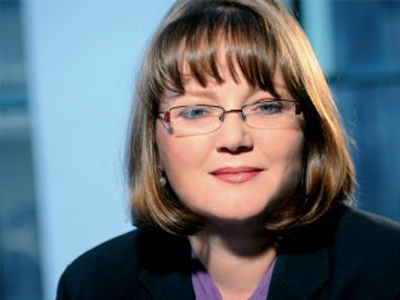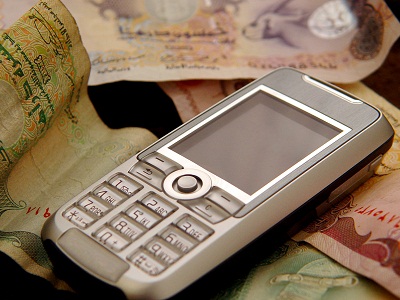
Photo Credit: TV Pro Gear
An initiative being co-led by Conservation International (CI), the Council for Scientific & Industrial Research (CSIR), South Africa and the Earth Institute (EI), Columbia University, has been launched with a grant from the Bill & Melinda Gates Foundation.
The Africa Monitoring System (AMS) tool will track, monitor and diagnose agricultural productivity, ecosystem health, and human well-being in African landscapes with near real-time data to better understand the opportunities and trade-offs of increased agricultural production. The system will provide tools to ensure that agricultural development does not degrade natural systems and the services they provide, especially for smallholder farmers.
The three-year $10 million dollar grant was announced by the co-chair of the foundation, Bill Gates in Rome at the 35th Session of the Governing Council of the International Fund for Agricultural Development (IFAD) held in February. The grant lays the foundation for a new integrated monitoring system in five regions of Sub-Saharan Africa, including Tanzania, Ghana, Ethiopia, and two other countries to be determined, where agricultural intensification is targeted to meet the needs of Africa’s growing population.
Dr. Sandy Andelman, a vice president of Conservation International who will serve as Africa Monitoring System executive director said, “We face this enormous challenge that boils down to this key question: How are we going to feed nine billion people on the planet without destroying nature, especially in the face of climate change which in itself brings vast uncertainty. The answer is that we can no longer afford to make decisions without really seeing the full picture of what is happening to the planet.”
The Africa Monitoring System (AMS)
The success of the system will depend on the accuracy and timeliness of the data collection process which will happen at multiple scales to create the most accurate possible picture. This will include
- A household scale, using surveys on health, nutritional status, household income and assets;
- A plot scale to assess agricultural production and determine what seeds go into the land, where they come from, what kind of fertilizer is used, what yield of crops they deliver, what happens after the harvest;
- A landscape scale (100 km2) measuring water availability for household and agricultural use, ecosystem biodiversity, soil health, carbon stocks, etc.; and
- A regional scale (~200,000 km2) that will tie everything together into a big picture, to see the scales at which agricultural development decisions are made.
The raw data will be fully accessible and synthesized into six simple holistic indicators that communicate diagnostic information about complex agro-ecosystems, such as: availability of clean water, the resilience of crop production to climate variability or the resilience of ecosystem services and livelihoods to changes in the agricultural system. The near real-time and multi-scale data will be pooled into an open-access online dashboard that policy makers will be able to freely use and customize to inform smart decision making.
“Rather than having a set of data over here for one issue, and other sets of data over there for other issues, what this system will essentially do is assemble the different puzzle pieces into one clear image that will allow decision makers to transparently see the parts and their sum in one centralized location”, Andelman explained.
CI Chairman and CEO Peter Seligmann praised the grant as a landmark moment in conservation which would inspire others. “We are honored to be entrusted by the foundation to shepherd their largest investment to date in examining the relationship between agriculture and the environment, and I could not be more encouraged or appreciative for their leadership, concluded Seligmann.”
CI, CSIR and Earth Institute will collaborate with governments, other non-governmental organizations, the academic community, the private sector and key international partners over the next three years to design and implement the Africa Monitoring System. This period will represent Phase 1 (three years) of a three-phase process (10-15 years) to create an Integrated Global Monitoring System for Agriculture, Ecosystem Services and Human Well-Being, and developers expect to mobilize additional resources to leverage the Foundation’s investment.













































